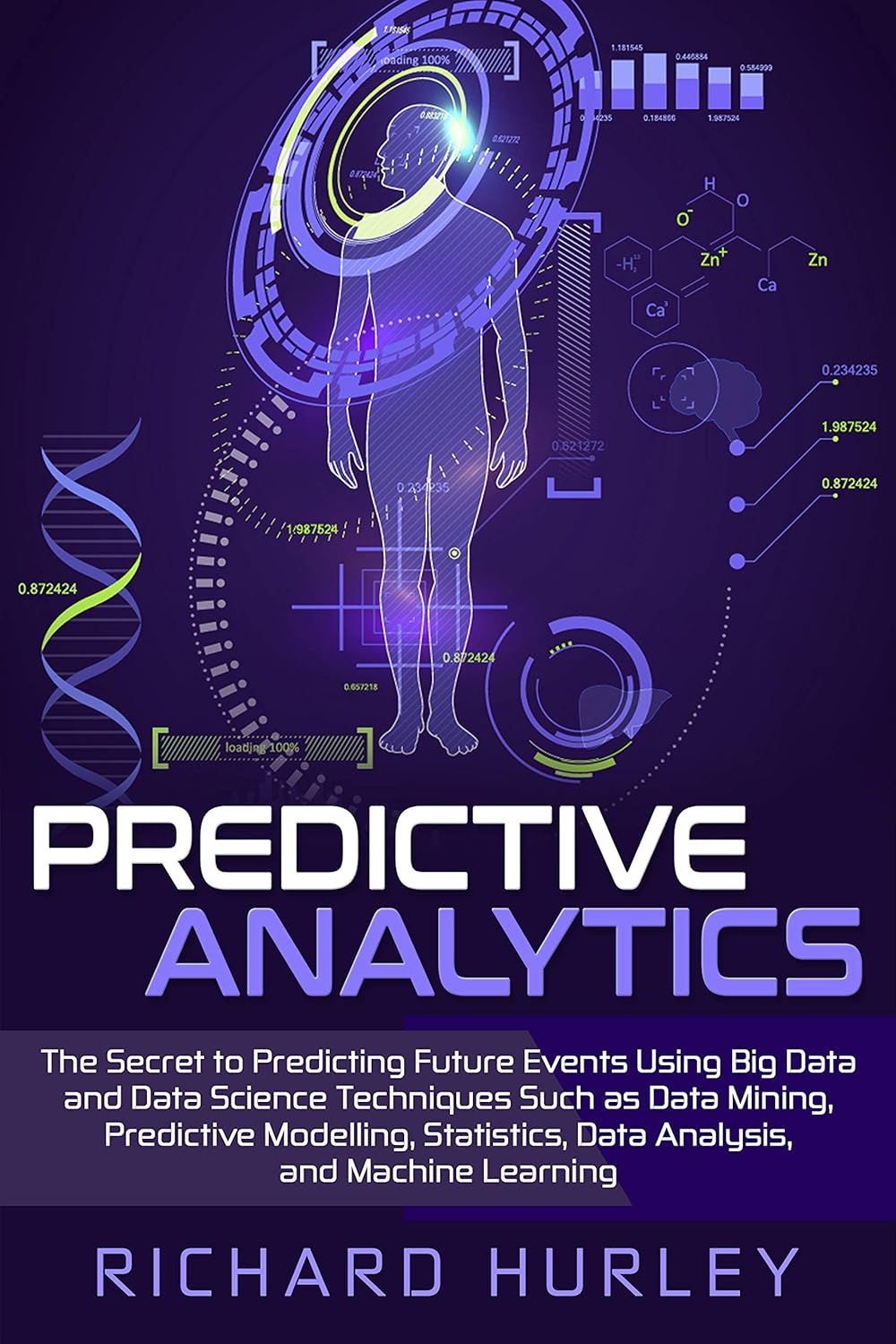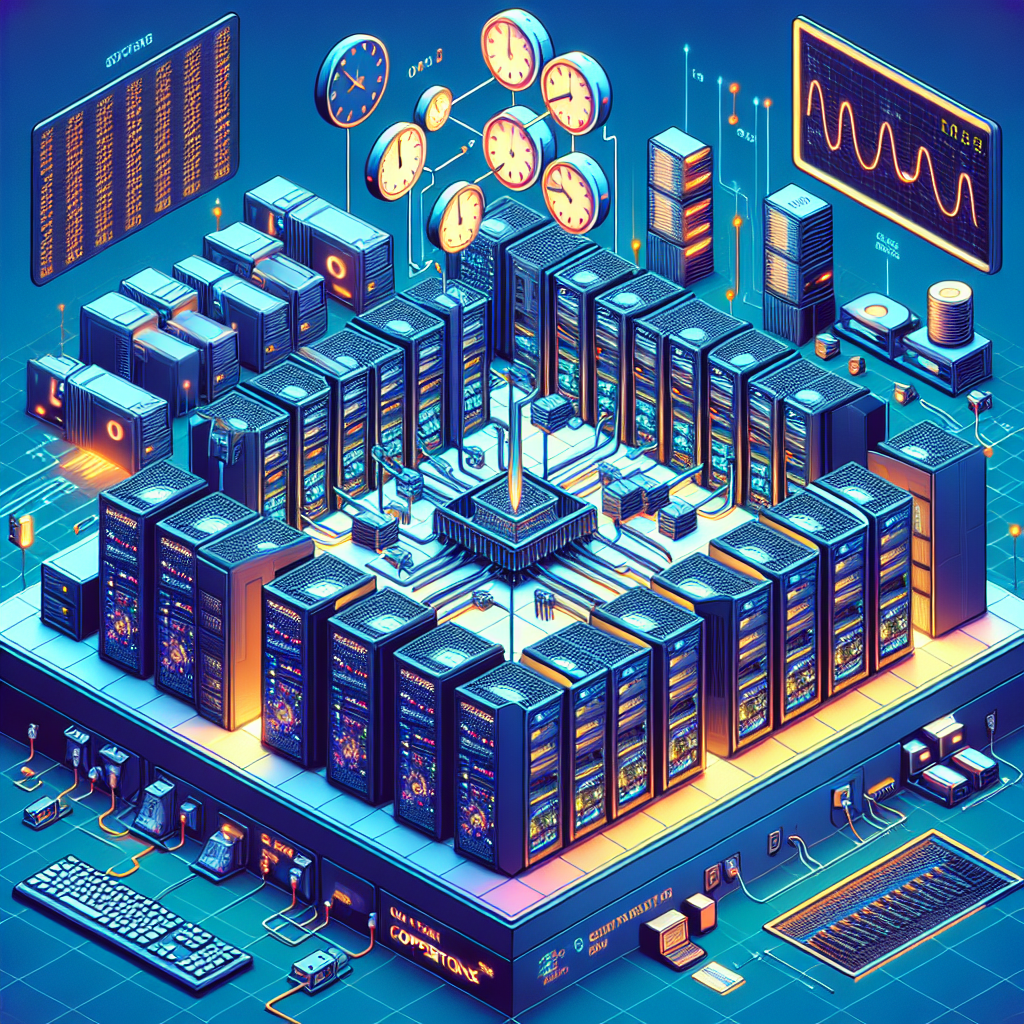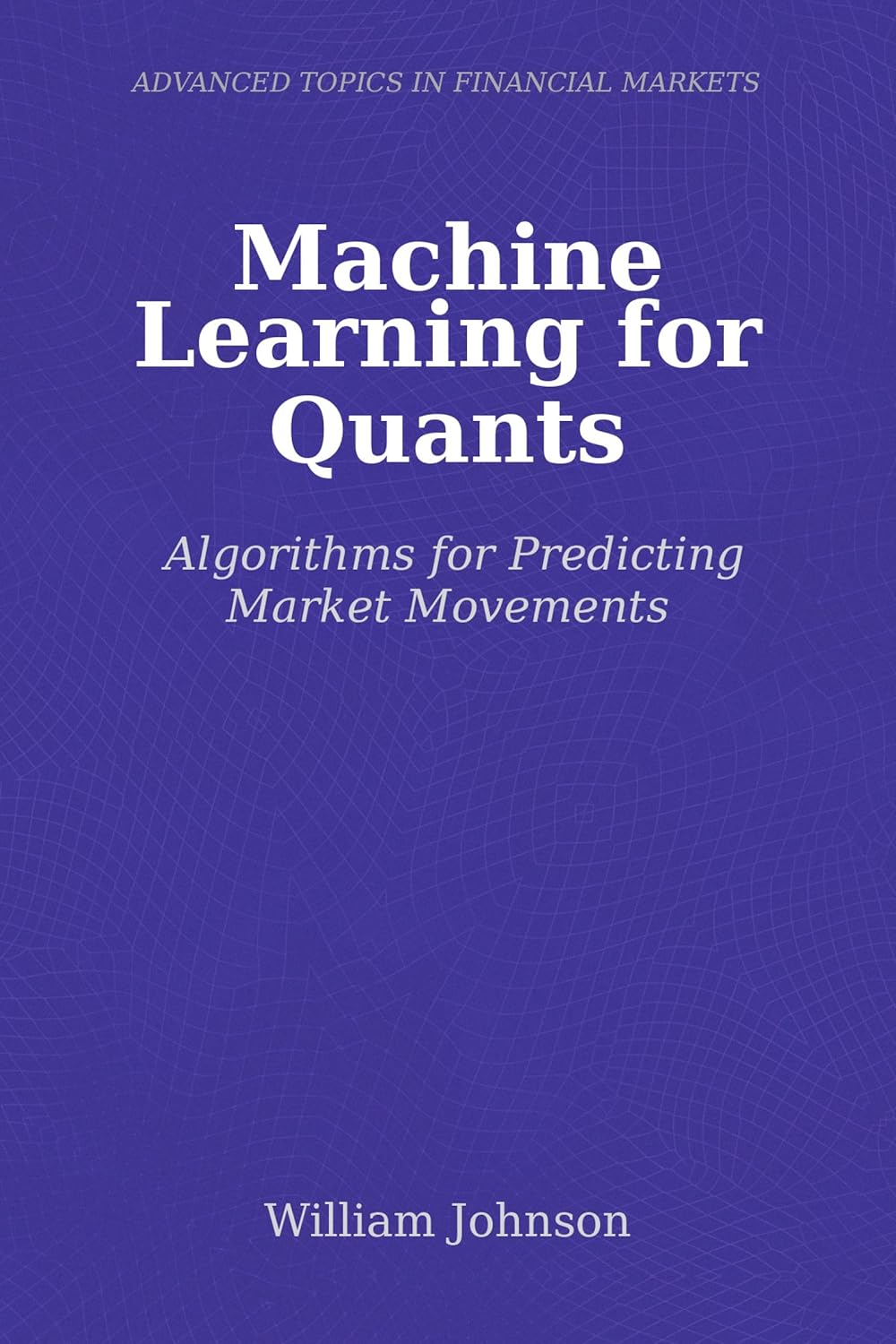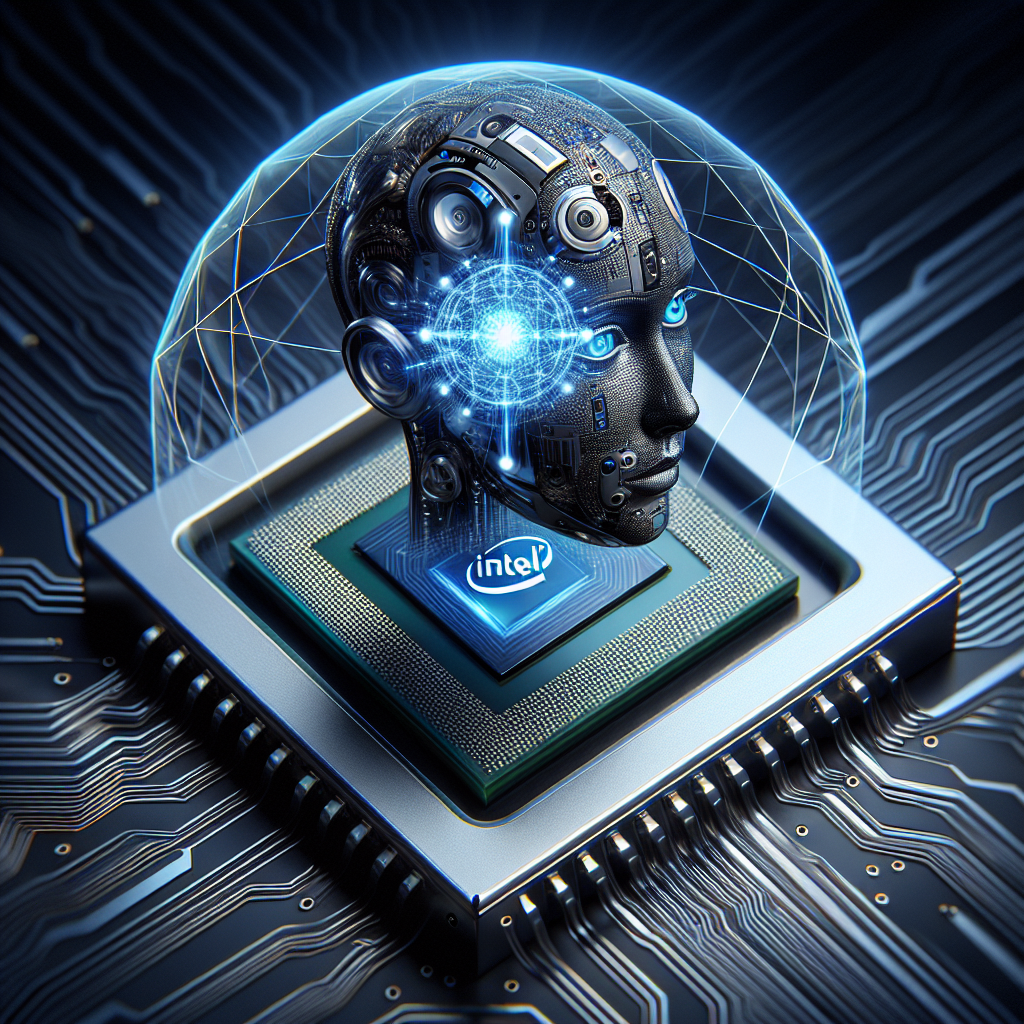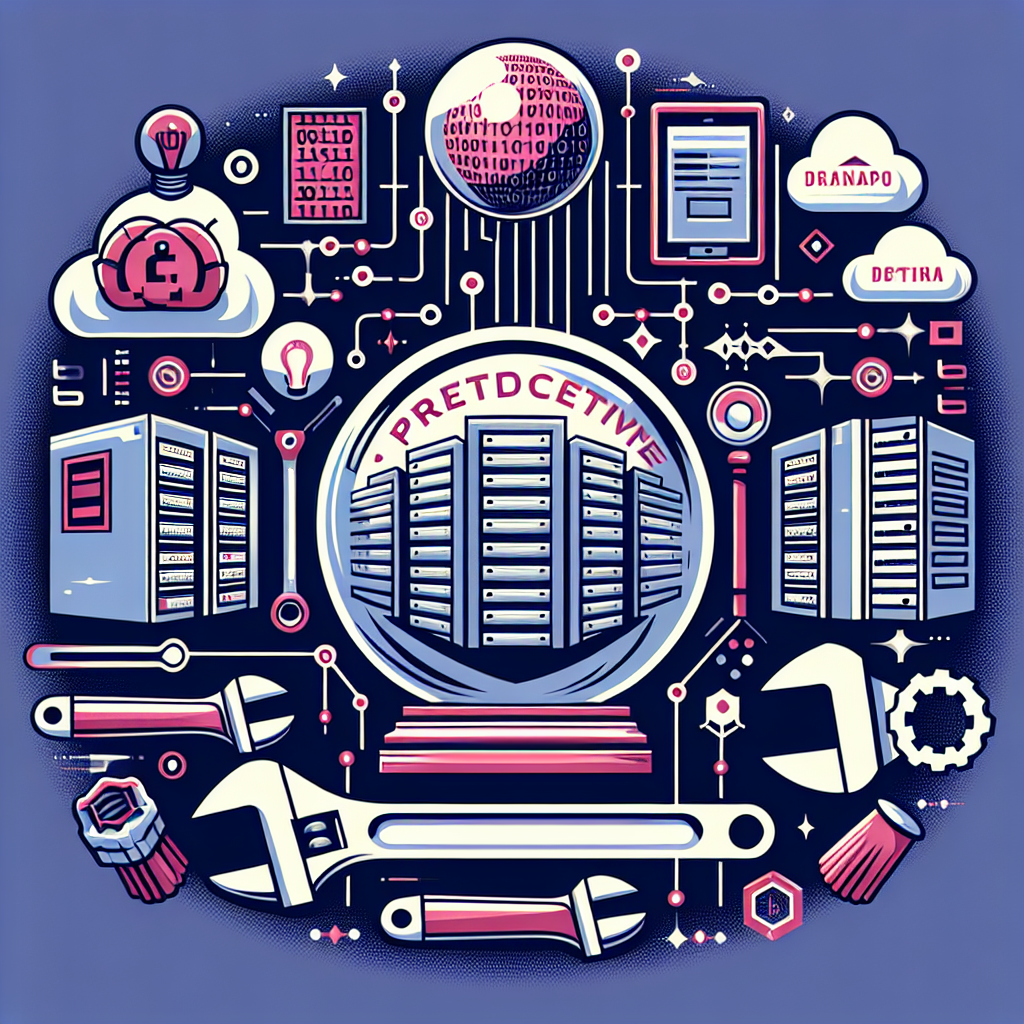
Which NFL coaches will be fired? The 2024 NFL regular season is nearing its conclusion and we’ve already seen several NFL coaches fired. As always, most of the firings come after the final week of the regular season with Black Monday often recognized as the time when coaching staffs get cleaned out.
Related: NFL playoff clinching scenarios Week 17
For this exercise, we’ll be projecting both head coaches and coordinators who we believe will be fired after Week 18. For the sake of brevity, we’re not including coordinators among the NFL coaches fired as they will presumably be looking for new jobs if the head coach is gone.
Doug Pederson, Jacksonville Jaguars head coach

The only reason Doug Pederson wasn’t among the NFL coaches fired during the regular season seems to be because Jacksonville Jaguars ownership was fine just letting things play out with a lame-duck head coach. Pederson should’ve been fired months ago, but his time will come after Week 18. After posting a 9-8 record in his first season as Jaguars head coach, winning a playoff. game, this team has plummeted over the last calendar year. Jacksonville is 4-17 since December 2023. That’s bad enough to finally convince ownership to fire both Pederson and general manager Trent Baalke.
Related: NFL coaching candidates 2025
Brian Daboll, New York Giants head coach

Just a few weeks ago, some were arguing that Brian Daboll should get a second chance at being a head coach immediately even if the New York Giants fired him. That’s largely because of how well-regarded he is as an offensive architect. However, it also ignores that Daboll has largely proven he doesn’t have the leadership qualities for this job regardless of who his quarterback is.
Related: New York Giants heavily scouted specific top prospect this season
Let’s not forget the reports from last offseason about Daboll clashing with his defensive coordinator and directing “brutal” outbursts toward the Giants coaching staff. He’s also drawn criticism from his peers regarding his ability to remain composed in difficult situations and the Giants locker room seemed to tune him out late this season. If all of that isn’t enough, the Giants offense also ranks 31st in EPA per Play (-0.138) and 30th in Success Rate (39.7 percent) over the last two seasons.
Antonio Pierce, Las Vegas Raiders coach

The Las Vegas Raiders organization created a situation destined for failure. Despite the long history of promoting interim coaches to full-time head coaches rarely working out, owner Mark Davis caved to threats of trade demands from players if Antonio Pierce wasn’t kept on.
Related: Las Vegas Raiders coaching candidates
Because Pierce was so inexperienced – with his only prior NFL coaching experience coming as the Raiders’ linebackers coach (2022-’23) – Las Vegas felt obligated to put a lot of experienced assistants around him. The Raiders coaching staff is perhaps the largest in the NFL and as we saw with the Carolina Panthers in 2023, too many voices in a building only leads to problems. Pierce’s lack of experience still showed up every week with his decision-making in critical situations. Las Vegas is one of the worst-coached teams in football and Raiders’ co-owner Tom Brady won’t settle for Pierce getting another year given the countless mistakes he made and seemingly never learned from.
Related: Promising Las Vegas Raiders rumors on offseason spending in 2025
Jerod Mayo, New England Patriots head coach

This is our boldest prediction for the NFL coaches fired. There are conflicting reports regarding the job security of New England Patriots head coach Jerod Mayo, but intel over the weekend suggests poor play to close out the season could get the first-year head coach fired. Considering New England closes out the season against the Los Angeles Chargers and Buffalo Bills, a 3-14 record feels inevitable. It would be the fourth-worst season in franchise history and the lone bright spot on this team (Drake Maye) has very little to do with Mayo’s head-coaching duties. We’re projecting New England to end the season on a seven-game losing streak and with the candidates available in 2025, Robert Kraft decides to make a change after not conducting a legitimate coaching search to replace Bill Belichick.
Related: New England Patriots coaching candidates to replace Jerod Mayo
Ejiro Evero, Carolina Panthers defensive coordinator

Carolina Panthers defensive coordinator Ejiro Evero is highly respected around the NFL. Both the Jacksonville Jaguars and Green Bay Packers eyed him as a defensive coordinator candidate this past offseason, but the Panthers blocked it. Carolina had one of the worst defenses in football this season, but a lot of that had to do with injuries (Derrick Brown and Shaq Thompson) and a lack of talent. A change of scenery is in everyone’s best interest. Panthers head coach Dave Canales can pick his own defensive play-caller and Evero’s success previous to this season will allow him another crack at being a defensive coordinator with a more well-equipped roster.
Related: NFL defense rankings
Lou Anarumo, Cincinnati Bengals defensive coordinator

Lou Anarumo isn’t entirely responsible for what happened to the Cincinnati Bengals defense, but the past two years have done significant damage to his reputation. Viewed as a top NFL head-coaching candidate just a few years ago, Anarumo’s defenses have fallen flat the past two years. Now, just a few offseasons removed from taking head-coaching interviews, he’ll likely be among the NFL coaches fired shortly after Week 18.
Related: NFL power rankings
We’d put some of the blame for what happened on the Bengals front office, which let the likes of DJ Reader and Jessie Bates walk and failed to fill holes on this defense. Even with that acknowledgment, the Bengals defense has ranked 28th in EPA per Play (0.043) and 30th in Success rate allowed (46.4 percent) over the last two seasons. That will be enough for Zac Taylor to make a change at DC.
Jimmy Lake, Atlanta Falcons defensive coordinator

One of the most baffling decisions this past offseason was the hiring of Jimmy Lake as the Atlanta Falcons defensive coordinator. Before 2024, his only NFL coaching experience came as a defensive backs coach with the Detroit Lions (2008) and Tampa Bay Buccaneers (2010-’11). In a shock to no one, except the Falcons, Lake’s time away from the NFL left him way behind modern times.
Related: NFL Week 17 predictions
The thing is, he wasn’t even that great in college with the Washington Huskies, but his ties to Raheem Morris landed him this gig. With the Falcons finishing the season with one of the worst defenses in the NFL, we feel pretty safe projecting Lake to be fired after Atlanta’s season ends.
Brian Schneider, San Francisco 49ers special teams coordinator

The San Francisco 49ers exercised patience with special teams coordinator Brian Schneider, giving him another shot after having a bottom-10 special teams unit last season. While this group isn’t primarily responsible for the 49ers’ disastrous season, failing to make the playoffs does force organizations to make changes. Firing Schneider is the most obvious move. San Francisco has fielded one of the worst special teams in the NFL for two years now and that will be more than enough for Kyle Shanahan to decide it’s time to make a change. It’ll give the fan base something to feel better about after a challenging season.
Also Read: Best NFL players of all time
Colt Anderson, Tennessee Titans special teams coordinator

When first-year coach Brian Callahan took over the Tennessee Titans, he brought Colt Anderson with him. The 39-year-old had very limited coaching experience, with his only work coming as the Cincinnati Bengals assistant special teams coach from 2020-’23. Callahan liked his work in Cincinnati, but the results this season have been disastrous.
Related: 2025 NFL Draft order
Through 15 games, Tennessee ranks 28th in yards per punt return (7.6) and 21st in yards per kickoff return (26.5). When kicking, it sits 20th in touchback rate (60.3 percent), and last in punts downed inside the 20 (28.4 percent) and net yards per punt (36.8). Because of it, the Titans have allowed the fourth-worst average starting field position (own 32.5) to opponents. Callahan gave a young coach a chance, now it’s time to find someone better. Otherwise, Callahan might be among the NFL coaches fired a year from now.
As the 2024 NFL season comes to a close, speculation is already swirling about which coaches will be on the hot seat and potentially facing the axe. While it’s always difficult to predict the future in the ever-changing world of professional football, there are a few head coaches and coordinators who may be in danger of losing their jobs after the 2024 season.
One head coach who could be on the chopping block is Matt Nagy of the Chicago Bears. Despite early success with the team, including a playoff appearance in 2018, Nagy has struggled to maintain consistency and has faced criticism for his play-calling and offensive schemes. If the Bears fail to make a deep playoff run in 2024, it’s possible that Nagy could be shown the door.
Another head coach who may be feeling the heat is Vic Fangio of the Denver Broncos. Fangio has had a tough time turning around the struggling franchise since taking over in 2019, and if the Broncos continue to underperform in the coming seasons, it’s likely that ownership will look to make a change.
In terms of coordinators, one name that stands out is Mike Pettine, the defensive coordinator for the Green Bay Packers. Despite having a talented roster, the Packers defense has struggled at times under Pettine’s leadership, and if the unit fails to improve in 2024, it’s possible that Pettine could be let go.
Of course, these predictions are purely speculative and the landscape of the NFL can change in an instant. But as the 2024 season comes to a close, keep an eye on these coaches and coordinators who could be on the hot seat.
Tags:
- NFL coaches fired 2024
- Predicting coaching changes NFL 2024
- NFL coordinator firings 2024
- Coaches on hot seat 2024 NFL season
- Predictions for NFL coaching changes 2024
- NFL head coaches fired after 2024 season
- NFL coaching staff changes 2024
- Who will be fired in NFL 2024
- NFL coaches on the chopping block 2024
- NFL coordinator predictions 2024
#Predicting #NFL #coaches #fired #season #including #coordinators



